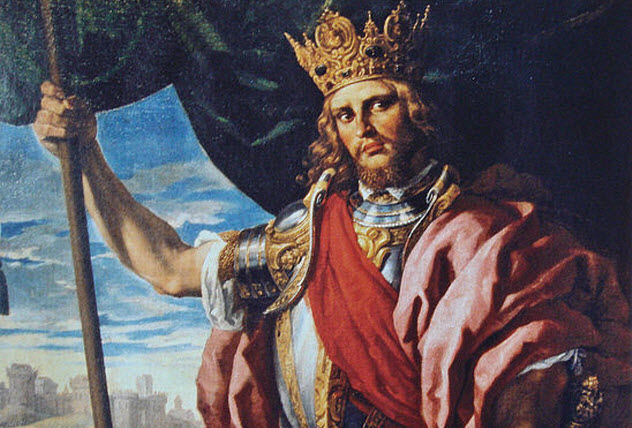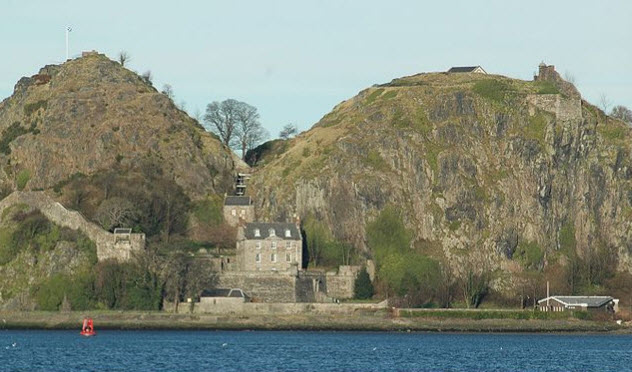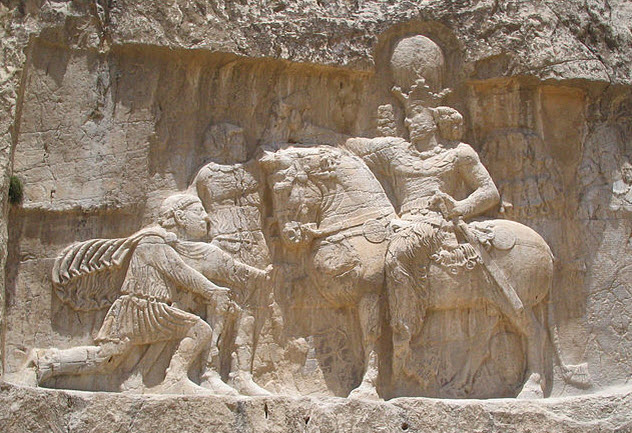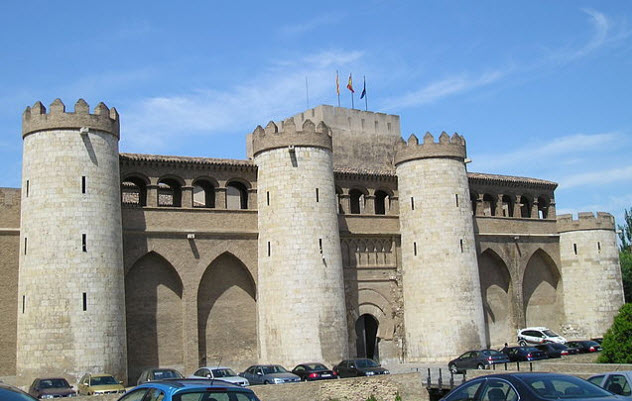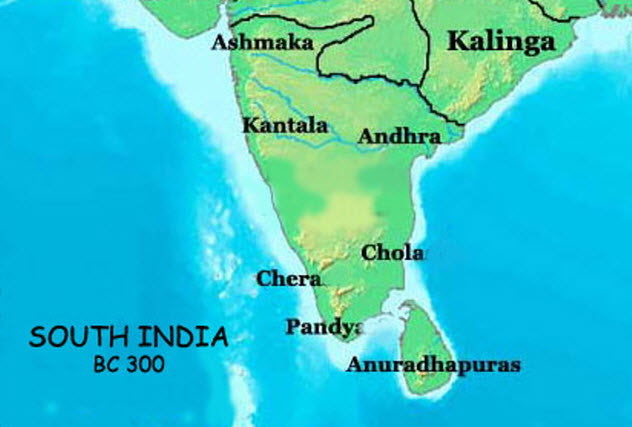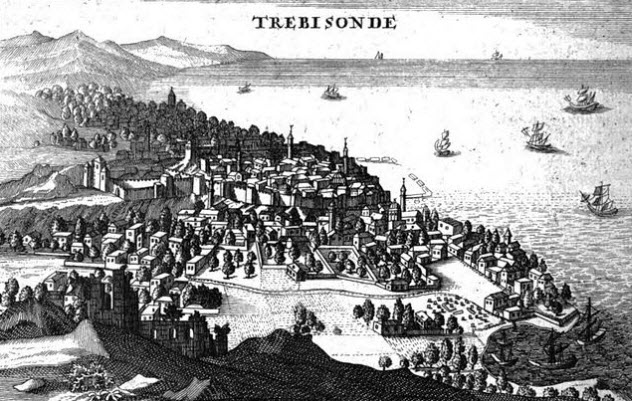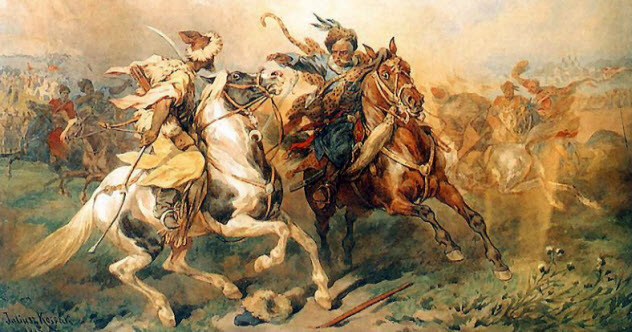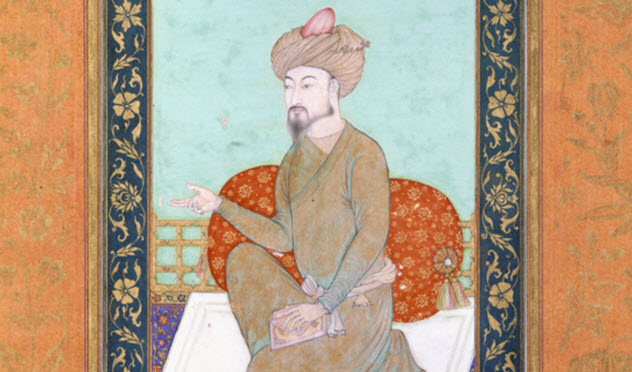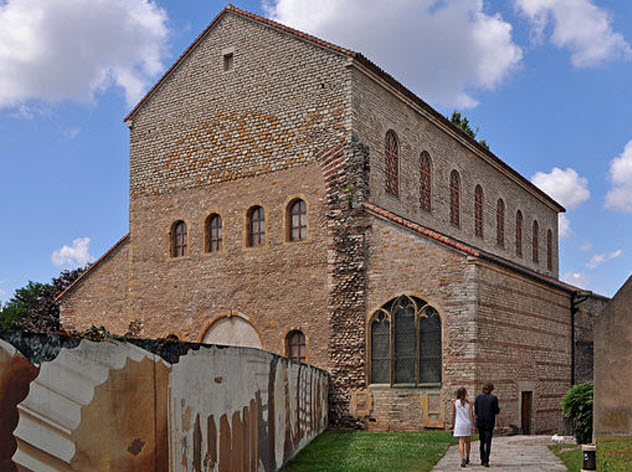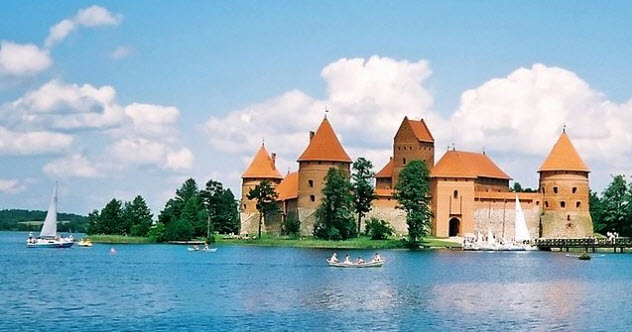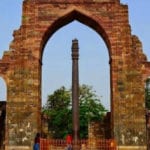10 Visigoth Kingdom418–720
The Visigoths were a nomadic Germanic tribe which flourished in Europe during the time of the Romans. They were well-known as capable warriors but had political aspirations beyond their simple desire for conquest. The tribes formed their own kingdom, sometimes called the Visigoth Kingdom of Toulouse, which spread across southern Spain to claim part of what is now modern-day France. Not wanting to provoke further tensions with the powerful Germanic tribe after their sacking of Rome in 410, the Romans allowed the Visigoths to set up an empire in Europe. Quickly, the Visigoths spread throughout southern Europe, fighting off the Alans and the Vandals. Their agreement with Rome included a condition under which the Visigoths would give military aid to Rome if the Romans needed it. Although the kingdom started with the Visigoths, various other tribes soon joined to form a powerful alliance. After founding their kingdom, the Visigoths faced difficulties with the neighboring Frankish tribes, which drove them out of France and killed their king in 507. With parts of the kingdom pledging support to papal authority, internal schisms weakened the kingdom, which fell to Muslim invaders in 711. Although the Visigoth kingdom is now forgotten by most modern people, it was instrumental in the fall of Rome and made the Muslim conquest of Spain easier than it would have been otherwise.
9 Kingdom Of Strathclyde450–1093
As the Roman control of the British Isles disintegrated along with their empire, the power vacuum opened up the opportunity for new kingdoms to emerge. In southern Scotland, the kingdom of the Strathclyde was one of the most powerful kingdoms to develop. Throughout its history, Strathclyde was a powerful force in the post-Roman era and shaped the future of the British Isles. From what historians have learned, Strathclyde took control of the area of southern Scotland. The kings of Strathclyde focused on keeping their civilization intact. As a result, life at the beginning of the Dark Ages was much better in their kingdom than in the rest of Europe. Unfortunately for Strathclyde, the Vikings noticed their kingdom and began a siege of their capital citadel in the late 800s. After four months of siege, the Vikings overwhelmed the citadel and captured the king of Strathclyde. For the next century, Strathclyde fell in and out of occupation, usually by the neighboring Scottish kingdoms. Still, they refused to unite with the English in the South and remained buffeted by various kingdoms competing for control of Britain. In 1092, William the Conqueror took over the region, placing Strathclyde squarely under English rule. While Strathclyde did not survive past the 11th century, it was still important in maintaining structure in its geographic area after the collapse of the Roman Empire.
8 Sasanian Empire224–651
Until the rise of Islam, the Middle East constantly saw the growth and decline of various empires that vied for control of the region. While many of these empires are well-known today, the Sasanian Empire has largely been forgotten by the public. The Sasanian Empire is fascinating because it was predominately Zoroastrian and was the last major empire before the rise of Islam in what is now Iran. The Sassanids organized to fill the power vacuum left by the collapse of the Parthian Empire and created a uniquely Iranian empire. A huge part of that effort came with the adoption of Zoroastrianism as the state religion. This monotheistic religion followed the teachings of the Iranian prophet Zoroaster. It was difficult to convert to this religion due to a zealous dedication to the racial purity of the Iranian people. During their brief existence, the Sassanids occupied nearly all of the Middle East and parts of Egypt, forcing them to accept citizens of other religions. But the Sassanids were the biggest Zoroastrian state of all time. From the start of the empire, the Sasanian emperors followed an aggressive policy of military expansion, reaching as far north as modern Armenia. However, their decline came from their aggressive expansion as well as attacks from the Byzantine Empire. The Sassanids did not rebuild their empire quickly after the Byzantine attacks and were soon faced with a new threat, the expanding Muslim empire. Within five years, the Sasanian Empire collapsed, and the Muslim invaders integrated the new territory into a new Islamic state. Over time, the Sasanians converted to Islam, ending the Zoroastrian kingdom and setting up the start of modern theocratic Iran.
7 Aragon1162–1716
Aragon was a long-lasting, powerful kingdom that controlled most of the Mediterranean. Unlike other kingdoms, Aragon was a composite monarchy: A king ruled, but it was more of a confederation. In 1137, Aragon emerged as the union between Catalonia and the dynastic Kingdom of Aragon. Quickly, Aragon took over a large chunk of Mediterranean Spain. The leaders of Aragon embarked on an expansion program that mostly involved combining with other kingdoms. At its largest, Aragon controlled its original territory in Spain along with a large part of southern Italy and most large Mediterranean islands. The large kingdom of Aragon became the nucleus for modern-day Spain. Through the 13th and 14th centuries, the Crown was powerful. But it gradually stagnated. In the early 18th century, the War of the Spanish Succession led to Spanish territory falling under central leadership. Aragon fell under the newly unified Spanish rule. Although it remained semiautonomous for another century, the kingdom was over, and it fully integrated into Spain in the early 19th century.
6 Chola Dynasty300 BC–AD 1279
The Chola dynasty, one of the longest-running kingdoms on the Indian subcontinent, ruled large parts of southern India for 1,500 years. But the Cholas did not become influential until the ninth century when they reemerged as one of the most powerful kingdoms in India. The Cholas became more powerful due to their extremely strong military force. During the time of King Rajaraja I, the Chola dynasty expanded to its greatest geographical boundaries and enjoyed prestige among the other warring kingdoms in India. At its most powerful, the Chola influence spread all the way from India to the Maldives, with many islands in South Asia falling under their direct governance or military influence. Chola traders also operated in faraway lands like China and the Middle East. However, their military skill slowly disintegrated. As they were attacked by other Indian kingdoms, their territory began to shrink. Eventually, the Cholas decided to focus on uniting their territory on the east coast of India. But continued attacks further weakened the dynasty. In the 13th century, the Hoysala dynasty made strong inroads into Chola territory. The Chola territory split from the central government, leading to the Pandyan conquest that ended the long-lasting Chola dynasty.
5 Empire Of Trebizond1204–1461
Like the Roman Empire, the Byzantine Empire split into a variety of successor states when it finally fell. The longest living but forgotten of the new countries was the Empire of Trebizond. During its existence, this empire changed the trade and military environment of the Black Sea. While Trebizond did not control a huge area, it had direct access to the Black Sea. The country formed after the Fourth Crusade. Crusaders formed other states, but Trebizond had the advantage of being ruled by members of the former Byzantine Empire. They had access to much of the trade infrastructure that had existed during the empire. Even after the Byzantine Empire reformed, Trebizond remained independent and controlled much of the trade that occurred in the Black Sea. Due to its strategic position, Trebizond mediated trade between the East and Europe. As the Muslim conquests spread throughout the Middle East, Trebizond allied with other Asian governments to attack the Ottoman Empire. The war went terribly, and the Ottomans counterattacked. Trebizond quickly lost the war and got annexed in 1461.
4 Crimean Khanate1449–1783
The Mongolian Golden Horde was one of the biggest empires of all time, but it began to break into smaller kingdoms as its members stopped participating in the constant cycle of conquest and occupation. When members of the Golden Horde stopped their nomadic lifestyle in Crimea, they separated from the Golden Horde and formed their own empire, the Crimean Khanate. Right after setting up their Mongol kingdom, the rulers of the khanate realized that they would need to contend with the powerful Ottoman Empire. Within a few years of their independence, the khanate went to war with the Ottomans, who defeated the khanate. However, the Ottomans allowed the khanate to stay semi-independent as a vassal power. For most of their history, the khanate did battle with the Muscovite Russians. These wars were so successful that the khanate essentially controlled Muscovy territory and organized a huge slave trade of Russians, especially with the Ottoman Empire. Unfortunately for the khanate, the Muscovite Russians declared independence from the Tartars and increased their power over the centuries, eventually posing a direct challenge to the Crimean territory. Eventually, the Russians conquered the khanate and annexed Crimea into their own territory, ending the independent Crimean state. This action continues to influence the world today, as the Russian and Ukrainian governments fight over who owns that part of the world.
3 Mughal Empire1526–1540, 1555–1857
In the 16th century, the Turkic prince Babur lost control of his Asian kingdom. Unwilling to accept a life without power, Babur turned to India to satisfy his thirst for power. Gathering forces in Kabul, Babur launched a successful invasion in northern India, eventually taking over the northern part of the subcontinent. When Babur led the empire, he retained its power and increased its notoriety among its neighbors. Then he died. Babur’s son Humayun took over the empire but lost it to Muslim attackers from Afghanistan. For 15 years, the territory of the Mughal Empire fell under the rule of the Afghans. But India remained destabilized and exploded into civil war, giving Humayun the opportunity to reclaim his territory. Before he could, he died by tripping down stone stairs, and control of the empire went to his 13-year-old son Akbar. Although inaugurated under inauspicious circumstances, Akbar led his people to reclaim their territory and reestablish their mighty empire. For centuries, the Mughal Empire was the most powerful government on the Indian subcontinent, leading in both military power and trade. They also established the high point of Indo-Persian culture, with many buildings such as the Taj Mahal being built in their style. But their power did not last. Like the rest of India, the Mughal Empire dealt with the British East India Company. By the 1700s, the Mughal Empire declined in power due to financial troubles and religious fanaticism in their leadership. The British East India Company took over most of the empire. When the British Crown assumed direct control of India, the Mughal Empire was gone.
2 Merovingian Dynasty476–750
The Merovingian dynasty was composed of a series of kings in France who occupied large portions of Europe during their reign. They are generally considered the first kings of France. Under the leadership of Merovech, the Frankish tribes defeated various Germanic tribes in Western Europe, incorporating all of their territory into the new Frankish kingdom. Eventually, the dynasty transformed into a “kingdom of kingdoms.” Each kingdom was ruled by its own king, but they were all answerable to the head of the dynasty. Although the idea of multiple kingdoms seemed like a good idea, it led to constant civil war between the different parts of the Merovingian dynasty. The battles happened so often that it became an accepted part of life, with the rulers establishing various regulations of warfare. In 613, King Chlothar II united the parts of the empire and set about establishing the Merovingian dynasty as an important European power. Constant war weakened royal power, however, and the family dynasty started to decline. Chlothar II’s son Dagobert I used the Merovingian army against the Slavic pagans to the East and to make inroads into Spain. During Dagobert’s rule, the empire achieved its largest expanse. But after his rule, the outlying territories started to fall. With royal power gone, the decisions of the empire were left to the mayors of the palace. This weakened power in the empire, with the lineage eventually ending with Pepin the Middle taking the throne. When the family line ended, the Merovingian dynasty was over.
1 Grand Duchy Of Lithuania1236–1795
When most people hear of the country Lithuania, they do not think of a major world power. But for a large chunk of European history, the Grand Duchy of Lithuania was one of the most powerful forces on the continent. At first, they were a set of unaligned tribes. But under King Mindaugas, the various Lithuanian tribes united as a single nation. The Lithuanians spread their influence across Eastern Europe, conquering territories all the way from the Baltics to the Black Sea, including large chunks of modern-day Ukraine and Russia. Lithuania also made a powerful alliance with Poland but only under the condition that the grand duke of Lithuania convert to Catholicism. When the grand duke acquiesced, the two countries united under a single ruler. With that rule coming from Lithuania, the grand duchy increased its influence. However, a series of weak rulers allowed the power of the country to shift to Polish kings. Eventually, the two countries split, allowing the Lithuanians to continue wars with the Muscovites in the East and the Tartars in the South. These wars spread the Lithuanians thin, and they gradually lost territory. During this time, Poland made a deal to reunite with Lithuania, guaranteeing independence for the state. While this worked for a short time, Poland eventually lost its land to Russian annexation, and Lithuania ceased to exist as an independent state. Yet the small Baltic country was one of the greatest powers in Europe during the medieval period. Zachery Brasier likes to write.
